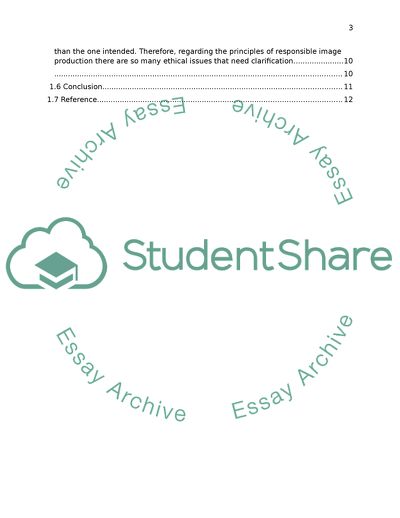Cite this document
(Digital Media, and Ethical Legal Issues Research Paper Example | Topics and Well Written Essays - 2000 words, n.d.)
Digital Media, and Ethical Legal Issues Research Paper Example | Topics and Well Written Essays - 2000 words. https://studentshare.org/media/1847895-digital-media-and-ethical-legal-issues
Digital Media, and Ethical Legal Issues Research Paper Example | Topics and Well Written Essays - 2000 words. https://studentshare.org/media/1847895-digital-media-and-ethical-legal-issues
(Digital Media, and Ethical Legal Issues Research Paper Example | Topics and Well Written Essays - 2000 Words)
Digital Media, and Ethical Legal Issues Research Paper Example | Topics and Well Written Essays - 2000 Words. https://studentshare.org/media/1847895-digital-media-and-ethical-legal-issues.
Digital Media, and Ethical Legal Issues Research Paper Example | Topics and Well Written Essays - 2000 Words. https://studentshare.org/media/1847895-digital-media-and-ethical-legal-issues.
“Digital Media, and Ethical Legal Issues Research Paper Example | Topics and Well Written Essays - 2000 Words”. https://studentshare.org/media/1847895-digital-media-and-ethical-legal-issues.


